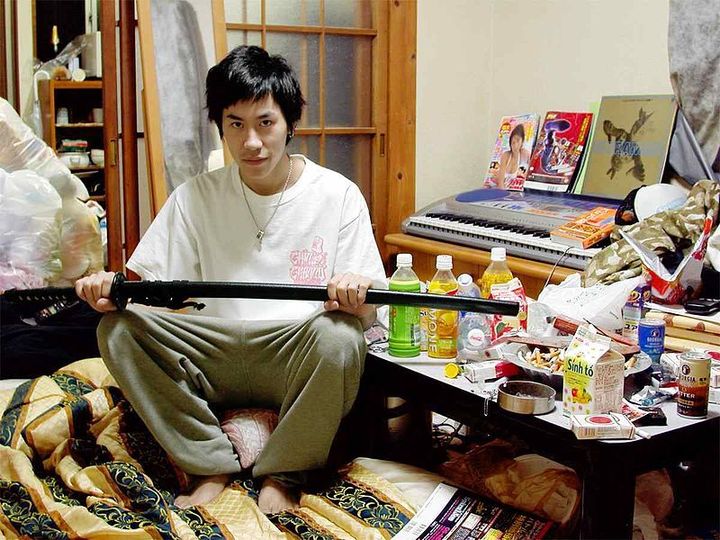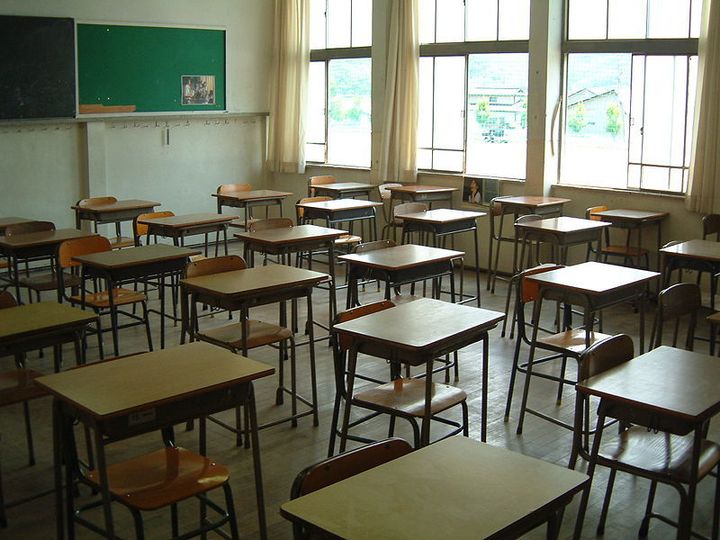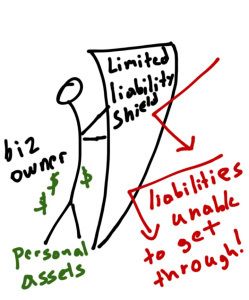
(source)
As many as one million Japanese young people have all but disappeared.
They have eschewed their social lives and the traditional paths to adulthood laid out before them. Instead, they choose a cloistered life at home – many secluded in their family home, in their childhood bedrooms, for years at a time – while their parents care for them.
This phenomena – known as hikikomori – is growing at such a rate that the very foundation of Japanese society is at risk.
The History Of Hikikomori
The term hikikomori describes individuals suffering from immense social anxiety. It was first identified by Tamaki Saitō, when he began noticing the pattern in his psychiatry practice in the early 1980s. During that time, the number of teenage depression diagnoses was growing at an alarming rate. He reported that several thousand Japanese teenagers were refusing to leave their rooms altogether. Many sources reported that these teenagers were simply addicted to video games. News stories described young people fed by their mothers through small holes in their bedroom doors, and the public was aghast. The small community of (mostly male) dropouts was discounted as an aberration – something that was unique to a small number of students who were unable to handle the stress of the Japanese school system.
The number of sufferers, however, has recently been estimated as high as a million. Yet, because of the nature of seclusion and the sense of shame associated with the phenomenon, attempts to quantify the problem have remained difficult. Hikikomori-like behavior has also been reported in countries such as Oman, Korea, and the United States – all places that share high rates of stress attributed to intense social and educational pressures.
Such withdrawal behavior might have remained on the fringes of psychological study were it not for its association with a rising rate of suicide. Upon closer inspection, the phenomenon does seem to reflect a serious problem hiding in Japanese society. Today, as parents of the “first generation” hikikomori age and can no longer care for their adult children, more and more people are aware of this critical issue.
The Pressures of the Education System
Scholars continue to debate the causes of hikikomori but many single out education in Japan as a major source. This system is infamous for its rigidity and discipline, designed to produce a homogenous cohort of highly productive graduates. It is still considered a resounding success based on the outcomes it produces. One need not look further than the Japanese industries that dominated manufacturing and technology. But this system leaves very little room for difference, for the individual. Instead, the artist, the entrepreneur, the non-conformist are all considered social outsiders and liabilities, rather than unique and integral parts of the economy.

A typical Japanese high school classroom (source)
For many Americans, this system is hard to imagine. Public education in the U.S. is dictated by states, cities, districts and school boards. The curriculum children learn from is determined not by their citizenship but by their home state. Students with unique learning styles follow plans designed for them by administrators; those with a deep interest in sports pursue them throughout school; and others follow an advanced placement tract in order to steward college acceptance.
When I founded NFTE (www.nfte.com) in 1987, I recognized that many students have individual interests and needs that are not met by traditional education. Once they saw the potential of starting their own businesses, they were more engaged in their education than ever. NFTE's experiential curriculum has been successful because it teaches the basics of ownership and entrepreneurial education. In essence, it allows students to pick a career where they can succeed without changing who they are themselves.
The Economics of Individualized Education
For many economists, advanced markets are by definition unique and so divided that it is impossible for any one person to know enough to build even the simplest product. Think about it: none of us have sufficient knowledge to conceptualize and then build something as basic as a pencil.
Noble Prize winner F.A. Hayek postulated that there are different kinds of knowledge and that each has its own relative importance. The body of important but unorganized knowledge unique to each individual, that of particular time and place, can provide a beneficial advantage in certain circumstances:
“how to secure the best use of resources known to any member of society for ends whose relative importance only these individuals know. Contributing to the difficulties in solving the problem is that no person ever has all the available knowledge that exists when making an economic choice; in reality knowledge is dispersed among all people.”
If we apply this to education, every student can use their unique knowledge to successfully innovate a product or service. No matter their learning style or their attention span, they can direct passion and knowledge to a small business and find themselves with a career. Suddenly, the students’ education becomes a means to an end that they have chosen for themselves, not the opposite: an end that their government has chosen for them.
Imagine a student, tortured by boredom, haunted by failure in traditional classes and viewing their performance as being a small part of a beehive of conformity noted by its long and never ending hierarchy, with millions of competitors above them and many millions below.
Entrepreneurship Education As A Way Out
This line of thinking is the very basis for entrepreneurship education: any student anywhere in the world can change his own paradigm of education, putting his needs first and viewing his education as preparing himself for owning a business that they have control over. However, this kind of entrepreneurship education is all but missing in Japan and it is mostly likely due to a nuance in the Japanese legal system.
In the U.S., Europe, and many other parts of the world, corporations have legal rights apart from the rights of their owners. Indeed, a corporation in many countries is allowed to borrow money without any legal obligation from the owner. Most American corporations do exactly that: borrow money to build the company's assets and profitability, while the company’s owners and shareholders have no legal obligation toward that debt. If the corporation goes bankrupt, the owner loses only his own investment.

The limited liability shields personal assets from the company's financial obligations. (source)
The lack of limited liability in Japan, a seemingly small legal difference could provide the clue to the tragedy of hikikomori. Why? Take the example of your average Japanese enterprise. In order to grow, it needs access to capital for investment and innovation. But with the personal debt responsibility associated with that risk, very few owners will feel motivated to take the step. Now consider starting a business from scratch; this has limited millions of Japanese from finding a niche that suited them and starting their own businesses. This may also help explain why the creativity of Japanese society is rated only 24th in the world. The system not only works to prevent it but also punishes anyone who attempts a new idea using debt as the financial tool to purchase assets.
Perhaps of hikikomori’s victims are simple students disillusioned by an education system that feeds directly to corporate rate race. If given the opportunity, how many of them would choose a career as an entrepreneur? How many would seek investment for their lone startups? How many would gladly choose the risk of starting up and the very real reality of failure, if they were not personally liable
Unfortunately in counties like Japan there is an even greater human cost of failure: the financial consequences of life-long debt, immense social humiliation (e.g. high rates of suicide) and psychological damage (e.g. criminal activities by CEOs).
As tens of thousands of Japanese doctors, healthcare workers, and millions of parents are struggling to find an explanation and possible answer to the growing issue of hikikomori, perhaps it lies right before them. In the words of the founder of The Ford Motor Company, one of the world's greatest entrepreneurs: "Failure is a chance to begin more intelligently."
Additional research and editing by E. E. Whiting and June Shao.
